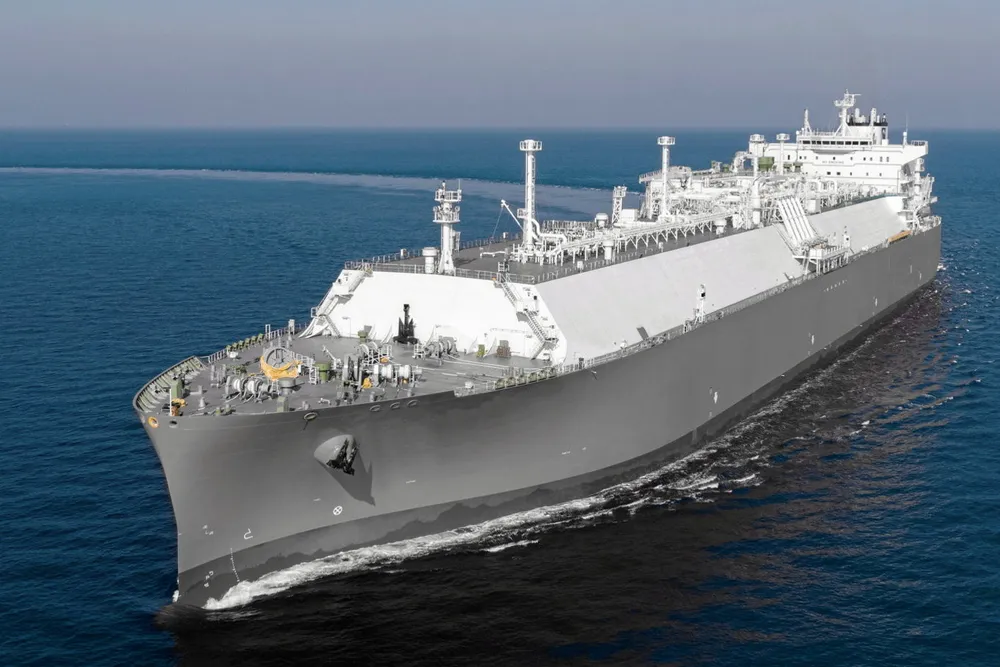OPINION | What the global trade in hydrogen-derived clean ammonia and methanol will look like in the coming years
Demand for clean shipping fuels will supercharge these sectors, writes analyst Stuart Nicoll

Demand for clean shipping fuels will supercharge these sectors, writes analyst Stuart Nicoll
